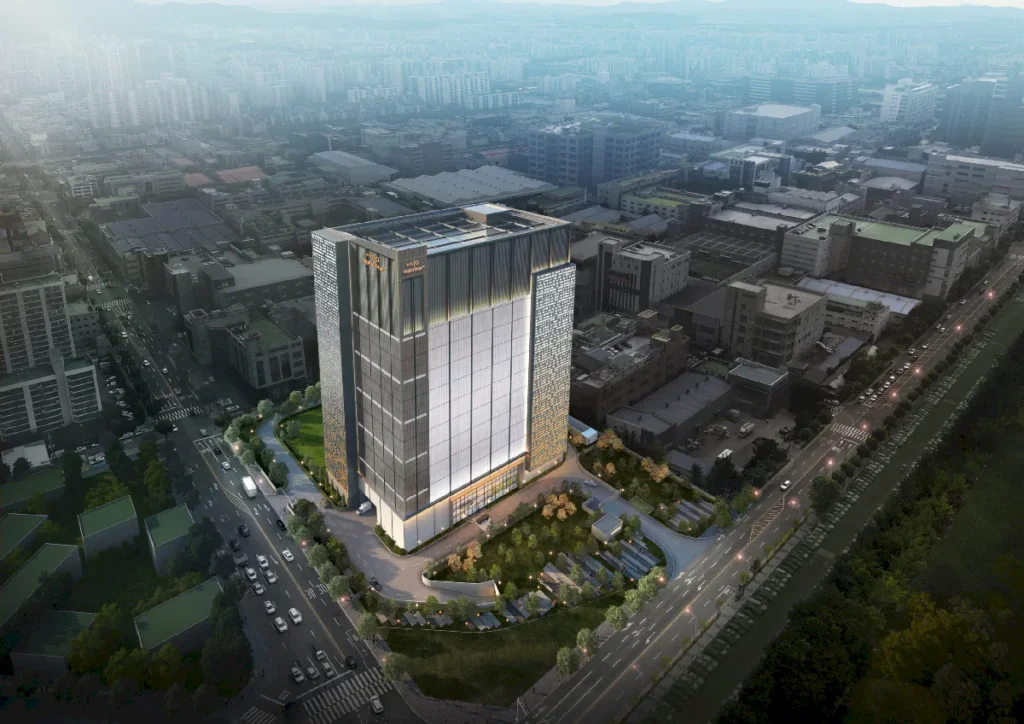Introduction
For years, Mumbai has been the heartbeat of India’s digital economy. Financial markets, media networks, and global enterprises have relied on the city’s data centres to keep business moving. But the same growth that made Mumbai indispensable has also created fresh pressure. Space is running out. Power is expensive. Demand keeps climbing.
That’s where Navi Mumbai comes in. Once viewed as an extension of the city, now it is seen in a different light. It offers scale that central Mumbai can no longer accommodate, the infrastructure suited to hyperscale growth, and the flexibility to design campuses that expect AI-driven workloads. Which is why Navi Mumbai is now in the frame for the next wave of hyperscale data centres and AI data centres.
Why is Navi Mumbai Emerging as a Hub?
Navi Mumbai’s rise is about geography, infrastructure, and planning. The region taps the same undersea cable landings and long-haul fibre that anchor Mumbai but avoids the constraints of the city centre.
Another advantage is scale. Unlike older inner-city sites that are difficult to expand, Navi Mumbai allows operators to design hyperscale data centre campuses from the start, with multiple buildings, shared utilities, and consistent layouts that can grow in phases. For cloud providers mapping demand years in advance, that predictability is critical.
Policy has also played a role. Maharashtra has encouraged digital infrastructure investment and backed renewable energy adoption across the state. With both land and grid capacity available, Navi Mumbai is well placed to translate that support into rapid growth, including new green power data centre Navi Mumbai initiatives.
Colocation in the Age of AI
The rise of artificial intelligence has become one of the biggest challenges in data-centre design. Training large models and running inference at scale drive power and cooling needs far beyond what older enterprise workloads required. Facilities built years ago for email or ERP were never meant to handle racks full of GPUs.
That is why the latest colocation data centres in Navi Mumbai are built differently. AI-ready colocation in Navi Mumbai includes high-density cooling, from immersion to direct-to-chip, and direct access to carriers, cloud on-ramps, and partner networks. The outcome is that customers can run demanding AI applications without the bottlenecks that hold back legacy sites.
For enterprises, this removes the usual trade-offs. Instead of retrofitting older spaces, they can run AI workloads in environments engineered for density, efficiency, and speed. And because these colo data centres sit within the Mumbai region, they pair modern infrastructure with the proximity needed to serve India’s largest commercial hub.
Hyperscale Growth and Campus Thinking
Hyperscale has changed the playbook. The focus is no longer a single building but an entire campus, clusters of facilities that share power, cooling, and security, and that can grow in phases without disruption.
This model gives providers and enterprises something they value most: certainty. Cloud operators want assurance that the site they pick today can keep scaling for years ahead. Enterprises look for the same stability, knowing that workloads placed in a campus-style colo data centre won’t need to be shifted as requirements grow, keeping IT investments aligned with long-term plans.
Navi Mumbai is one of the few places in India where this approach works at full scale. The region offers contiguous land, dependable grid capacity, and dense fibre into domestic and international routes, giving both global cloud players and large enterprises the confidence to anchor expansion here in hyperscale data centres.
Companies like STT GDC India are anchoring this growth in Navi Mumbai. Their campuses are designed for today’s high-demand workloads, with advanced cooling systems that keep GPU-heavy clusters stable, and carrier-dense sites that shorten data paths and cut latency. Cloud on-ramps are built in, so enterprises can move workloads between private and public environments without friction. Just as important, sustainability is part of the design from the start, renewable sourcing, efficiency-first layouts, and independent certifications track real progress toward carbon-neutral operations by 2030. Put together, these choices show how low-latency data centre Mumbai region campuses are being built not just for capacity, but for scale, performance, and long-term responsibility.
Conclusion — Navi Mumbai’s Role in India’s Digital Future
Navi Mumbai’s rise shows how the industry is shifting towards campuses that can grow predictably, colocation data centres built for AI, and operations where sustainability is treated as seriously as performance.
For enterprises and cloud providers, the region offers a practical answer: high-performing infrastructure that remains future-ready. For regulators and investors, it shows that digital expansion can support wider goals around connectivity and decarbonisation.
Among players shaping this growth, STT GDC India stand out. Their Navi Mumbai footprint combines capacity for hyperscale data centre campuses, the interconnections needed for low-latency data centres Mumbai region, and renewable strategies that meet ESG expectations.
As India’s digital economy accelerates, Navi Mumbai is no longer a satellite. It is fast becoming one of the country’s key hubs for AI‑ready colocation Navi Mumbai, green power data centres Navi Mumbai, and the future of digital infrastructure.
